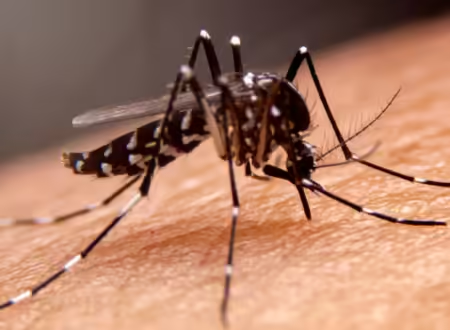Dengue fever, a viral infection transmitted primarily by mosquitoes, poses a significant public health challenge globally. With an estimated 100 to 400 million infections annually, effective control measures are essential to mitigate its impact, especially in tropical and subtropical regions where the disease is endemic 16. This article explores various dengue control services, focusing on prevention strategies, community involvement, and innovative technologies.
Understanding Dengue Transmission
Dengue viruses are spread through the bites of infected mosquitoes, particularly Aedes aegypti and Aedes albopictus, which are most active during the day. Symptoms can range from mild flu-like signs to severe cases that may lead to hemorrhagic fever or death. Given the absence of specific antiviral treatments for dengue, prevention primarily relies on controlling mosquito populations and minimizing human exposure to bites.
Key Strategies for Dengue Control
1. Vector Control
Vector control remains the cornerstone of dengue prevention. Strategies include:
- Environmental Management: This involves modifying the environment to eliminate mosquito breeding sites. Regular cleaning of potential water-holding containers and proper waste disposal are critical steps 23.
- Chemical Control: Insecticides can be applied to areas where mosquitoes breed. However, reliance solely on chemical methods may lead to resistance, necessitating integrated approaches 2.
- Biotechnological Innovations: Techniques such as the sterile insect technique (SIT) and genetically modified mosquitoes have shown promise in reducing mosquito populations effectively 2.
2. Community Engagement
Community-based programs play a vital role in dengue control by educating residents about preventive measures. Successful initiatives include:
- Awareness Campaigns: Informing communities about dengue transmission and encouraging practices like using mosquito nets and repellents can significantly reduce infection rates 23.
- Participatory Approaches: Engaging local populations in identifying and eliminating breeding sites fosters ownership and responsibility towards dengue prevention efforts 2.

3. Surveillance and Early Detection
Effective surveillance systems are crucial for timely intervention during outbreaks. Strategies include:
- Geographic Information Systems (GIS): GIS mapping helps identify high-risk areas by tracking dengue cases, allowing targeted interventions .
- Reporting Systems: Strengthening local health systems to report dengue cases accurately can enhance response efforts and resource allocation during outbreaks .
Role of Vaccination
While vector control is paramount, vaccination has emerged as a complementary strategy. The Dengvaxia™ vaccine, approved for individuals with prior dengue infections, reduces the risk of severe disease upon subsequent infections 6. However, vaccine deployment must be carefully managed to avoid adverse outcomes in those without prior exposure.
Conclusion
Dengue control services encompass a multifaceted approach that integrates vector management, community participation, surveillance, and vaccination. As dengue continues to threaten public health worldwide, sustained efforts and innovations in these areas will be essential for reducing morbidity and mortality associated with this disease. Collaborative actions among governments, health organizations, and communities will pave the way for effective dengue prevention strategies in the future.





